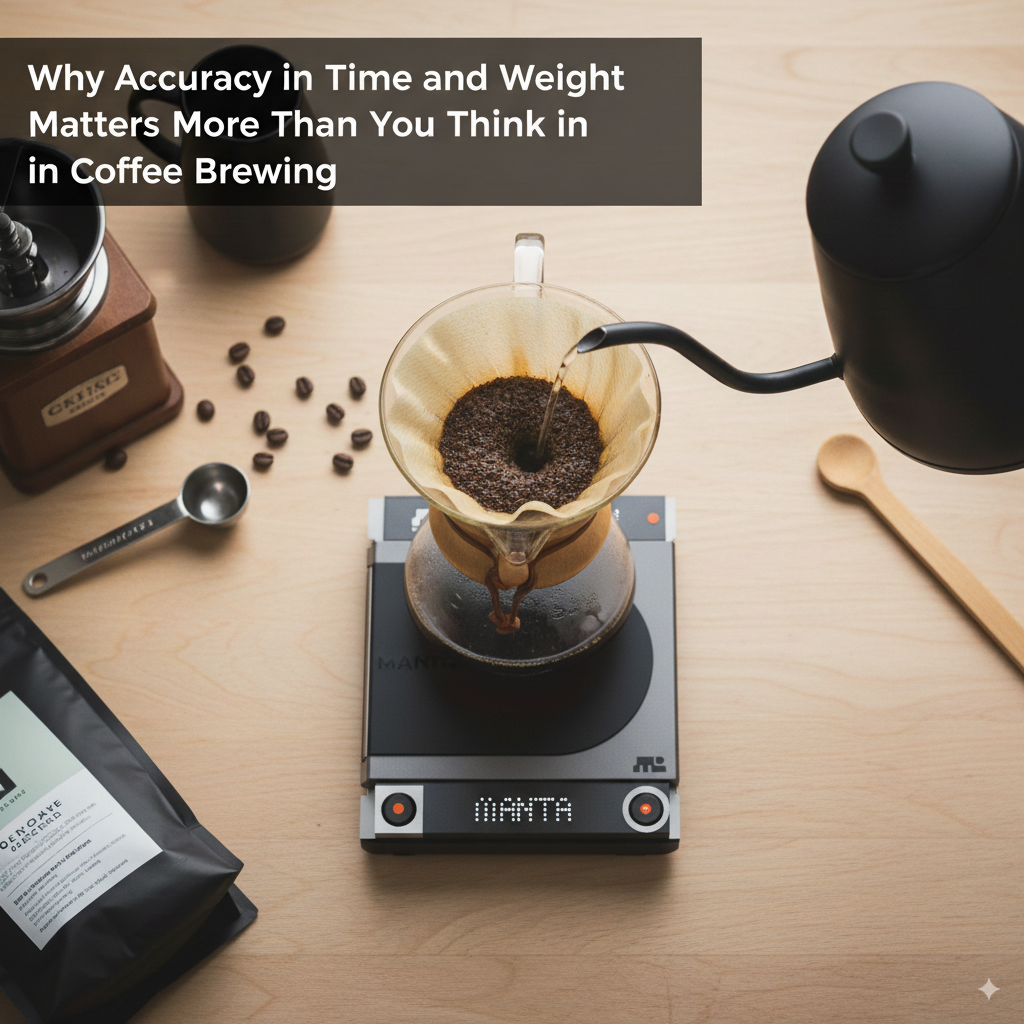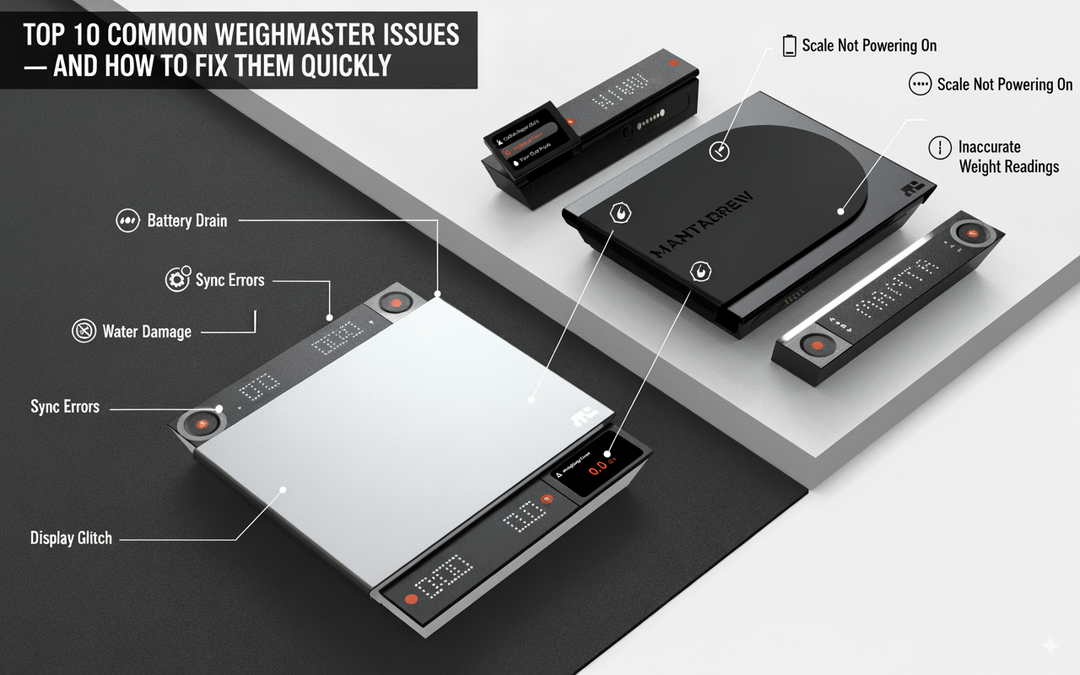How to Use Flow Rate to Diagnose Your Espresso Shots
Espresso isn’t just about how long a shot takes — it’s about how the liquid flows. That’s why professional baristas increasingly rely on flow rate to understand what’s really happening during extraction.
If you’ve ever pulled a shot that looks right but tastes off — too bitter, too sour, too thin — chances are, flow rate can tell you why.
Let’s break down what it is, how to measure it, and how to use it to fix your espresso.
What Is Flow Rate in Espresso?
Flow rate is the speed at which espresso liquid exits the portafilter during extraction, typically measured in grams per second (g/s).
It’s calculated as:
For example:
A 36g shot over 30 seconds = 1.2 g/s
Why Flow Rate Matters
Most home baristas measure only:
-
Dose (grams in)
-
Yield (grams out)
-
Time (seconds)
But those don’t show how smooth or erratic your flow actually is.
Flow rate adds a real-time layer of insight, helping you:
-
Spot channeling or clogging
-
Detect over- or under-extraction early
-
Maintain consistent brew pressure and flow curves
-
Fix grinders, tamping, or distribution problems
Ideal Flow Rate for Espresso
| Roast Type | Target Flow Rate | Result |
|---|---|---|
| Light Roast | 1.0–1.4 g/s | Sweet, bright, clean |
| Medium Roast | 1.2–1.6 g/s | Balanced, round, flavorful |
| Dark Roast | 1.5–2.0 g/s | Bold, syrupy, less acidic |
💡 Too fast = sour, thin
💡 Too slow = bitter, muddy
To truly understand how flow rate reveals issues in your espresso, a visual helps. Below is a comparison between an ideal extraction and one with channeling:
Visual Guide: What a Good Flow Curve Looks Like
-
✅ Green Line – A perfect shot: smooth ramp-up, stable plateau, and gentle taper at the end.
-
⚠️ Red Dashed Line – Channeling detected: sudden spike around 10 seconds due to poor puck prep or uneven tamp.

With a real-time flow display like on the MANTABREW WeighMaster, you can spot these issues as they happen — not after you taste them.
How to Use Flow Rate in Real Life
Let’s say you’re using a 1:2 ratio — 18g in, 36g out — and the shot finishes in 20 seconds.
-
That’s 1.8 g/s — pretty fast.
-
Check your grind. It’s likely too coarse.
-
Try tightening by 1–2 clicks and re-check the rate.
Another shot finishes in 35 seconds with only 30g yield?
-
That’s 0.86 g/s — too slow.
-
Either your grind is too fine or your puck is choking due to uneven tamping.
👉 The number shows you what to fix.
Tools That Display Flow Rate (In Real-Time)
Most scales don’t show flow rate — you have to calculate it manually.
But with the MANTABREW WeighMaster, you get:
-
Real-time flow rate readout (g/s)
-
Simultaneous timer + weight + flow
-
Auto-start mode so you don’t miss a second
-
Compact footprint, water-resistant design
It’s one of the few espresso scales under $100 that offers live extraction diagnostics — without needing a smartphone or app.
Final Tip: Watch the Curve, Not Just the Number
Flow rate is most useful as a curve, not a single number. The first 5–10 seconds should show a gradual increase, followed by a smooth plateau.
💡 Spikes or dips may indicate:
-
Channeling
-
Inconsistent tamp
-
Uneven distribution
-
Poor puck prep
The WeighMaster’s live graph-style display helps you spot and correct these issues immediately.





